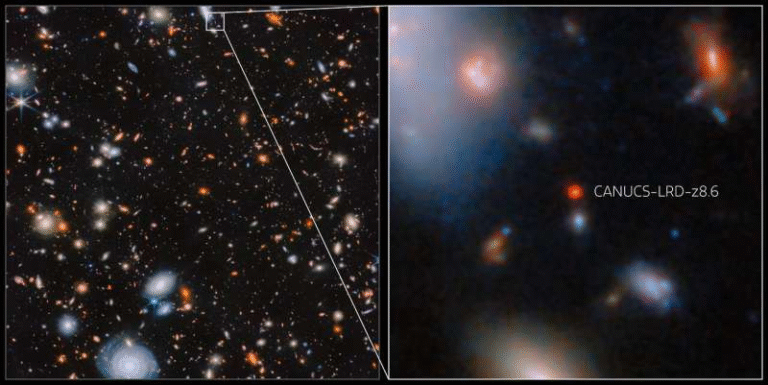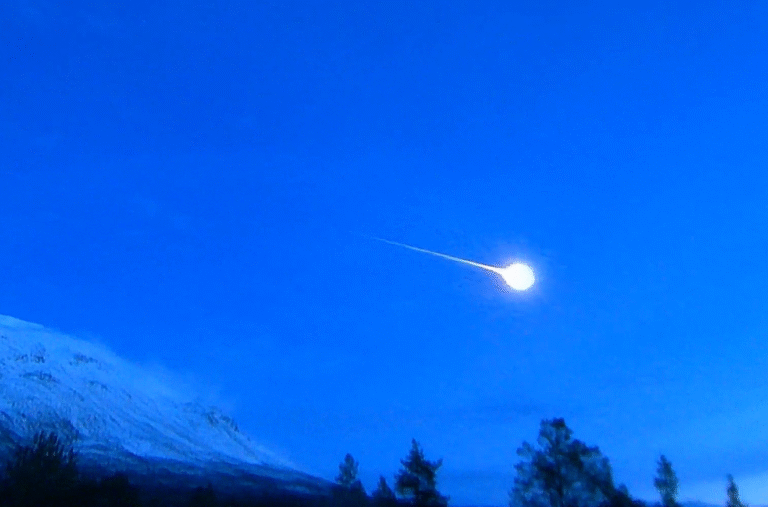Dark-Matter Hunt Still Comes Up Empty as CRESST Continues to Rule Out Possibilities

The search for dark matter is one of physics’ most intriguing quests—but despite years of effort, the experiment CRESST (Cryogenic Rare Event Search with Superconducting Thermometers) has yet to deliver a confirmed detection. Operating deep beneath Italy’s Gran Sasso National Laboratory, the collaboration uses ultra-cold crystals and highly sensitive detectors to try to observe interactions between dark-matter particles and normal matter. What has emerged instead is a steadily expanding map of what dark matter isn’t.
How the CRESST experiment works
The CRESST project is located deep underground to shield it from cosmic radiation and background events, a necessity when you’re looking for extremely rare interactions. The setup uses scintillating crystals—typically calcium tungstate (CaWO₄)—which are cooled to mere millikelvin temperatures. A dark-matter particle, if ever it interacts with a nucleus in the crystal, would deposit a tiny amount of energy. That energy shows up as a phonon (a vibration or heat in the crystal) and light (a scintillation event), both of which the detectors pick up.
By combining the heat and light signals, researchers can distinguish potential dark-matter signals (nuclear recoils) from the various backgrounds (electronic recoils, radioactivity, cosmic muons, etc.). Because dark-matter scattering is expected to be extremely rare and weak, these experiments are designed to go to very low energy thresholds and extremely low background rates.
What CRESST has achieved and where it stands
In its latest phase (CRESST-III), the collaboration has pushed the energy threshold of nuclear recoils to astonishingly low values. For one detector module operated from around May 2016 to February 2018, they achieved a recoil threshold of about 30.1 eV using a 23.6 gram CaWO₄ crystal. (link.aps.org)
Even more impressively, a more recent silicon-based module managed a threshold of ~10 eV, enabling sensitivity to dark-matter particle masses below ~160 MeV/c². (arXiv)
Despite this tremendous sensitivity, CRESST has not seen a definitive dark-matter signal. What the team has done is exclude large portions of parameter space—meaning they can say with confidence: if dark matter exists under certain properties (mass and interaction strength), then it isn’t interacting in the way we are sensitive to (or is interacting more weakly than our current thresholds). The lack of detection is still a result: one that narrows the field of possibilities.
Why the “empty search” is valuable
It may sound odd to say that a non-detection is progress, but in the world of dark-matter physics that’s very much true. Because we do not yet know the mass of the dark-matter particle (if it is a particle at all) or how strongly it interacts with ordinary matter, every experiment that doesn’t find something still helps refine the models. Specifically:
- It allows scientists to exclude combinations of mass and cross-section (interaction strength) above a given limit.
- It spurs improvements in detector technology: the lower the threshold and the lower the background, the more of the “light-mass” region you can explore.
- It forces theorists to broaden their search beyond the most familiar candidates (like WIMPs) into lighter masses, different interaction types, or even non-particle possibilities.
The article emphasises that the possible mass range for dark-matter particles is huge—spanning up to fifty orders of magnitude in electron-volts, from ultra-light particles (~10⁻²¹ eV) to very heavy ones (~10²⁴-10³⁰ eV). And the experiments built so far cover only parts of that enormous range. The traditional favorite has long been the WIMP (Weakly Interacting Massive Particle), with masses in the GeV-TeV (10⁹-10¹² eV) range, but with the absence of detection in that region the community is increasingly looking at alternatives.
What this means for dark matter research
The fact that CRESST (and other experiments) haven’t found dark matter yet doesn’t mean the idea is wrong. It just means that if dark matter is made of particles, they must either:
- Interact even more weakly with normal matter than current experiments can detect,
- Have a mass outside the most probed region (either much lighter or much heavier), or
- Have an interaction type or physics mechanism very different from the “standard” elastic scattering off nuclei.
For experimental physicists this means continuing to push: reduce thresholds, increase exposure (mass × time), improve radiopurity, and explore alternative target materials and detection methods. For theorists it means keeping creative—broadening beyond the WIMP paradigm, perhaps considering axions, sterile neutrinos, fuzzy dark matter, or other exotic frameworks.
Some extra background you might find useful
What is dark matter?
Dark matter is the name given to the unseen mass that appears to make up approximately 25% of the universe’s energy–mass budget (with dark energy and ordinary matter filling in the rest). We infer its presence from phenomena such as galactic rotation curves, gravitational lensing, cosmic microwave background patterns, and large-scale structure formation. But so far we have no direct detection of dark-matter particles.
Why direct detection experiments?
One of the main strategies to uncover dark matter is direct detection—the attempt to observe dark-matter particles interacting with a detector on Earth. The logic: if dark-matter particles pass through the Earth, a tiny fraction might scatter off atomic nuclei in a detector. By observing an unexpected nuclear recoil, you might claim a dark-matter signal. Experiments like CRESST aim for ultra-low backgrounds and ultra-low thresholds precisely because the expected signals are so rare and weak.
Why underground, cryogenic, and low-threshold?
To minimize background noise (radioactivity, cosmic rays, ambient radiation), such experiments are located deep underground (for CRESST: Gran Sasso) and use heavy shielding and very clean materials. The detectors operate at cryogenic temperatures (millikelvin) to detect minute energy depositions (tens of eV or less). Lowering the energy threshold is key to being sensitive to lighter dark-matter particles, because when a low-mass dark-matter particle collides with a nucleus, the recoil energy is very small.
What is a WIMP?
A “Weakly Interacting Massive Particle” (WIMP) is a theoretical candidate for dark matter with roughly mass in the GeV-TeV range and interaction strength comparable to the weak nuclear force. For many years the WIMP was the “simple” and leading candidate because many extensions of the Standard Model predicted something like it. That said, WIMPs haven’t been found, and their simplicity might be misleading: the real dark matter could be more complex, lighter, or different.
In summary
The CRESST experiment continues to push the frontier of dark-matter detection by lowering energy thresholds, improving background suppression, and expanding sensitivity into lighter-mass regions. While no definitive dark-matter particle has been detected, the results are far from a failure: they refine our understanding, set new limits, and guide the next generation of searches. The “empty search” is in fact a very full dataset of exclusions and knowledge about what dark matter is not.
Research reference: Results on sub-GeV Dark Matter from a 10 eV Threshold CRESST-III Silicon Detector, G. Angloher et al., Phys. Rev. D 107, 122003 (2023). DOI: 10.1103/PhysRevD.107.122003 (link.aps.org)





